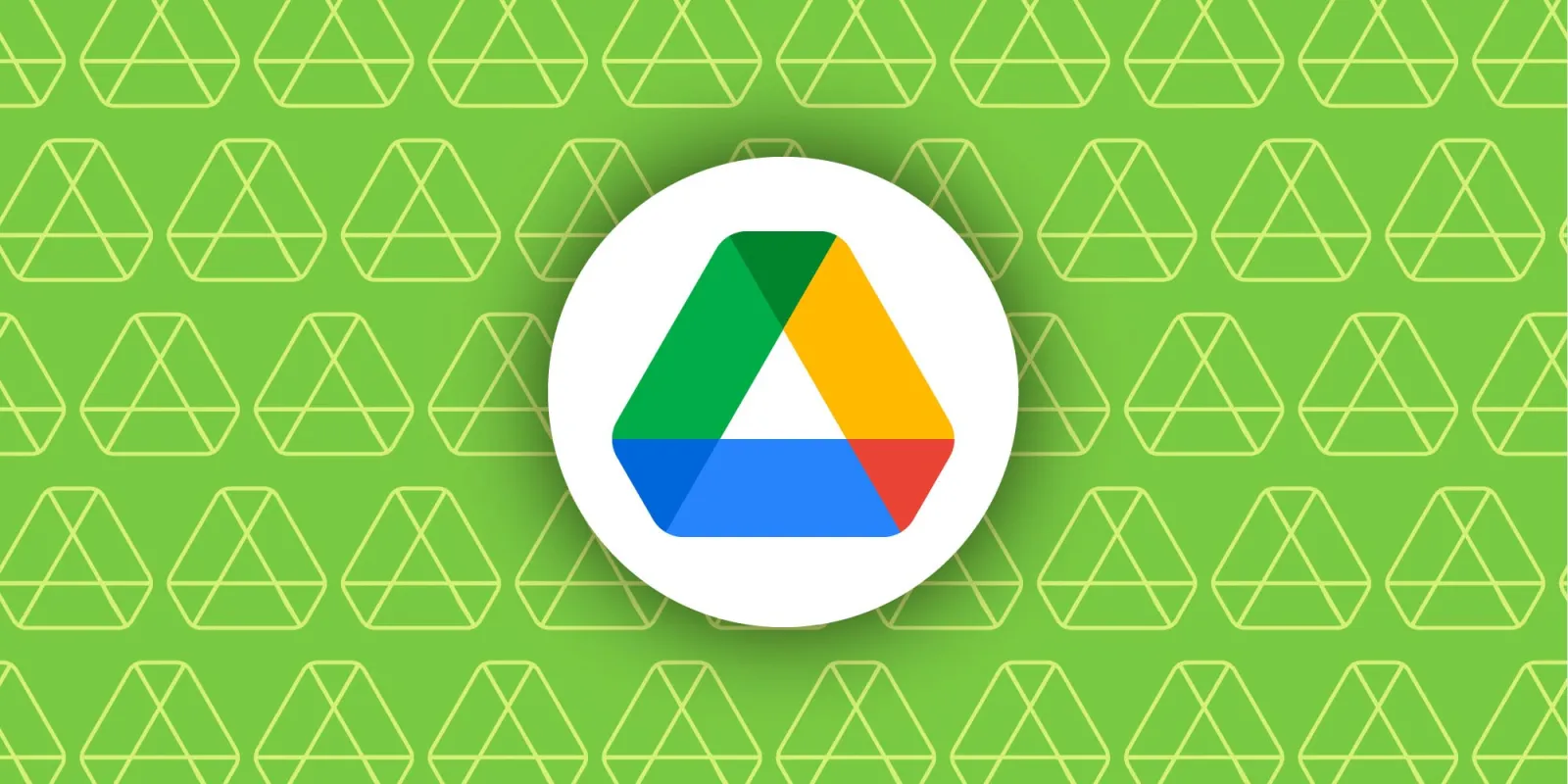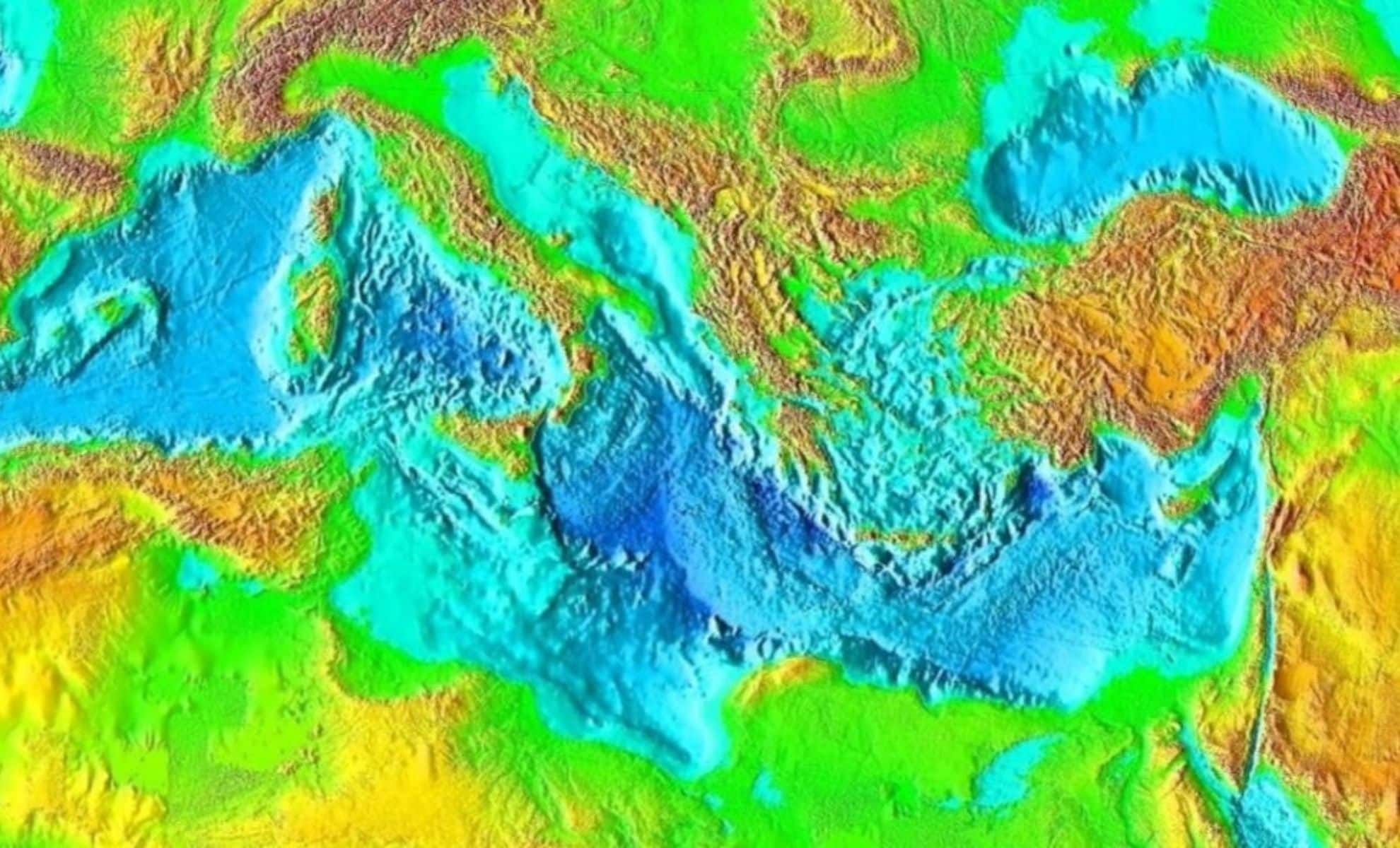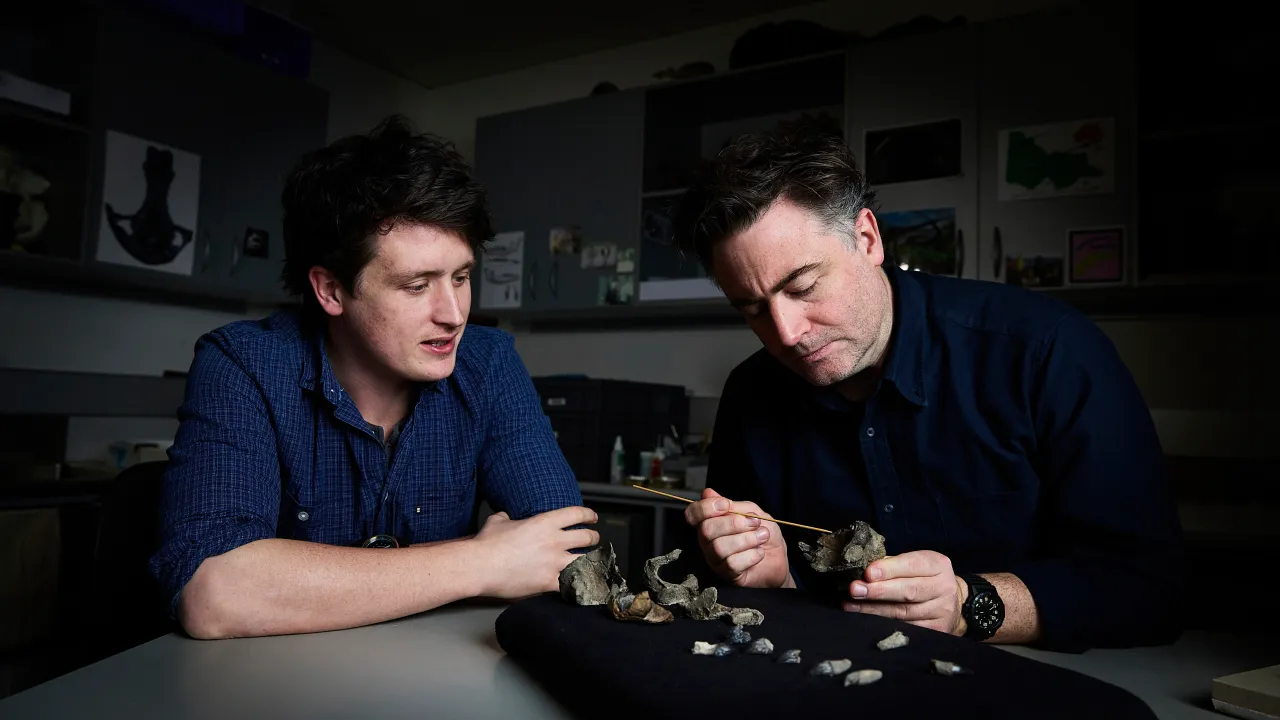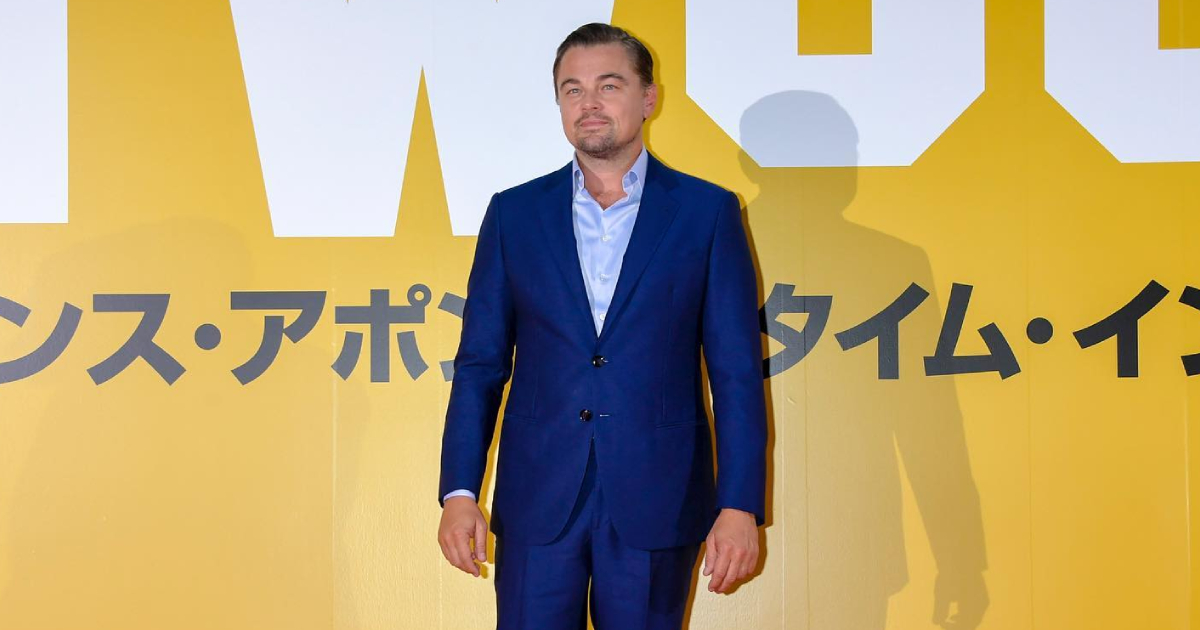
Google consistently strives to improve user experience across its suite of applications, and recently, a significant update has been announced that promises to elevate how users interact with Google Drive. The rollout of the Material 3 redesign for Google Drive marks a pivotal shift towards a more expressive and visually appealing interface. This redesign aims to make user interactions more intuitive while fostering a sense of personality and vibrancy—features that are becoming increasingly important in modern UI/UX design.
The overhaul introduces various elements of Google’s latest design language, Material 3, characterized by dynamic color schemes, personalized themes, and more flexible component designs. The goal is not only to enhance visual attractiveness but also to create a cohesive ecosystem where tools like Google Drive, Contacts, and Find Hub seamlessly align in appearance and functionality. As part of this progressive upgrade, users will notice a significant departure from the previous, more utilitarian look, moving toward a more expressive interface that genuinely resonates with individual preferences.
The Core Features of the Material 3 Redesign in Google Drive
Enhanced Visual Dynamics and Personalization
One of the hallmarks of Material 3 is the elevated focus on personalization. Google Drive now offers a more vibrant color palette, allowing users to customize themes and backgrounds, making their workspace more engaging and tailored to their tastes. This shift toward expressive design encourages users to feel more connected to their digital environment, fostering productivity and satisfaction.
Dynamic color theming adapts throughout the app interface, matching user-selected or system-wide themes, which gives a cohesive look while also highlighting important features. Such customization ensures that users can create an environment that feels both familiar and inspiring, ultimately improving engagement and ease of use.
Streamlined and Intuitive User Interface
The redesign significantly simplifies navigation with fresh icons, a refined layout, and enhanced visual cues. For example, the sidebar and toolbar are now more accessible, with clearer icons that reduce cognitive load. Animations and transitions are smoother, contributing to a more polished feel and reducing abrupt changes that can disrupt workflow.
- New Visual Hierarchy: Clearer differentiation of file types, folders, and controls.
- Improved Accessibility: Better contrast ratios, larger touch targets, and assistive features integrated seamlessly with the new design.
- Enhanced Search Functionality: Smarter search suggestions and filters that match the modern, expressive aesthetic.
Increased Expressiveness and Personality
Material 3 emphasizes a more expressive personality in the UI, allowing Google Drive to convey more emotion and clarity through subtle design choices. For instance, color accents and illustrative feedback cues now help guide users more intuitively, whether they’re sharing files or organizing folders. This expressive approach aims to make interactions more delightful and less mechanical.
Implications for Users and Productivity
The redesign is not just about aesthetics; it directly impacts user productivity and satisfaction. When users feel engaged with a workspace that reflects their style and is easier to navigate, they tend to be more efficient and experience less fatigue. The expressive elements serve as visual cues, reducing errors and speeding up workflows.
Furthermore, the consistency across upcoming app updates, such as Find Hub and Google Contacts, suggests a unified user experience that promotes familiarity and trust. As each app receives the Material 3 update, users will notice similarities— from color schemes to interaction patterns—making switching between apps more seamless.
Complementary Updates in Google Ecosystem
In addition to Google Drive, other Google applications are also receiving their own Material 3 expressive updates:
Find Hub
This new app is expected to get a fresh coat of paint, with APK teardowns revealing a smoother, more modern interface. The redesign aims to make searching and managing your devices or connected services more intuitive, aligning with Google’s broader design strategy.
Google Contacts
The Contacts app has also undergone a significant visual overhaul, adopting the new Material 3 guidelines. Users can expect a sleeker look, enhanced interactivity, and more personalized features that facilitate easier contact management.
Upcoming Features and Continuous Improvements
Gmail, another cornerstone of Google’s ecosystem, is nearing a new feature that could almost complete its usability experience. As reported, this feature will enhance functionality and user interaction, complementing the visual upgrades introduced across other apps. Such continuous improvements reflect Google’s commitment to a unified, expressive, and user-centered ecosystem.
Conclusion: Embracing the Future of Google’s UX Design
The rollout of Material 3 across Google’s productivity tools signifies a forward-looking step that emphasizes **expressiveness**, **personalization**, and **visual clarity**. Google Drive’s redesign elevates the user experience by making digital workflows more engaging, personalized, and intuitive. As these updates continue to roll out, users can enjoy a more cohesive and delightful interaction with their core Google applications.
In today’s fast-paced digital environment, a visually expressive and user-friendly interface can make all the difference, transforming routine tasks into more enjoyable experiences. Google’s commitment to refining its design language through Material 3 demonstrates a clear focus on not only functionality but also emotional resonance, putting user satisfaction at the forefront.
Stay tuned for further updates on this transformation as Google continues to innovate and enhance its ecosystem of apps, ensuring users remain at the heart of its design journey.
For more updated news please keep visiting Prime News World.









